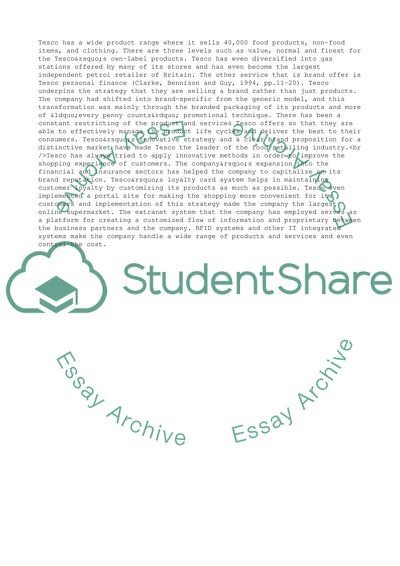Cite this document
(Tesco as One of the Largest Food Retailers in the World Essay - 7, n.d.)
Tesco as One of the Largest Food Retailers in the World Essay - 7. https://studentshare.org/business/1815839-international-business-strategy
Tesco as One of the Largest Food Retailers in the World Essay - 7. https://studentshare.org/business/1815839-international-business-strategy
(Tesco As One of the Largest Food Retailers in the World Essay - 7)
Tesco As One of the Largest Food Retailers in the World Essay - 7. https://studentshare.org/business/1815839-international-business-strategy.
Tesco As One of the Largest Food Retailers in the World Essay - 7. https://studentshare.org/business/1815839-international-business-strategy.
“Tesco As One of the Largest Food Retailers in the World Essay - 7”. https://studentshare.org/business/1815839-international-business-strategy.


